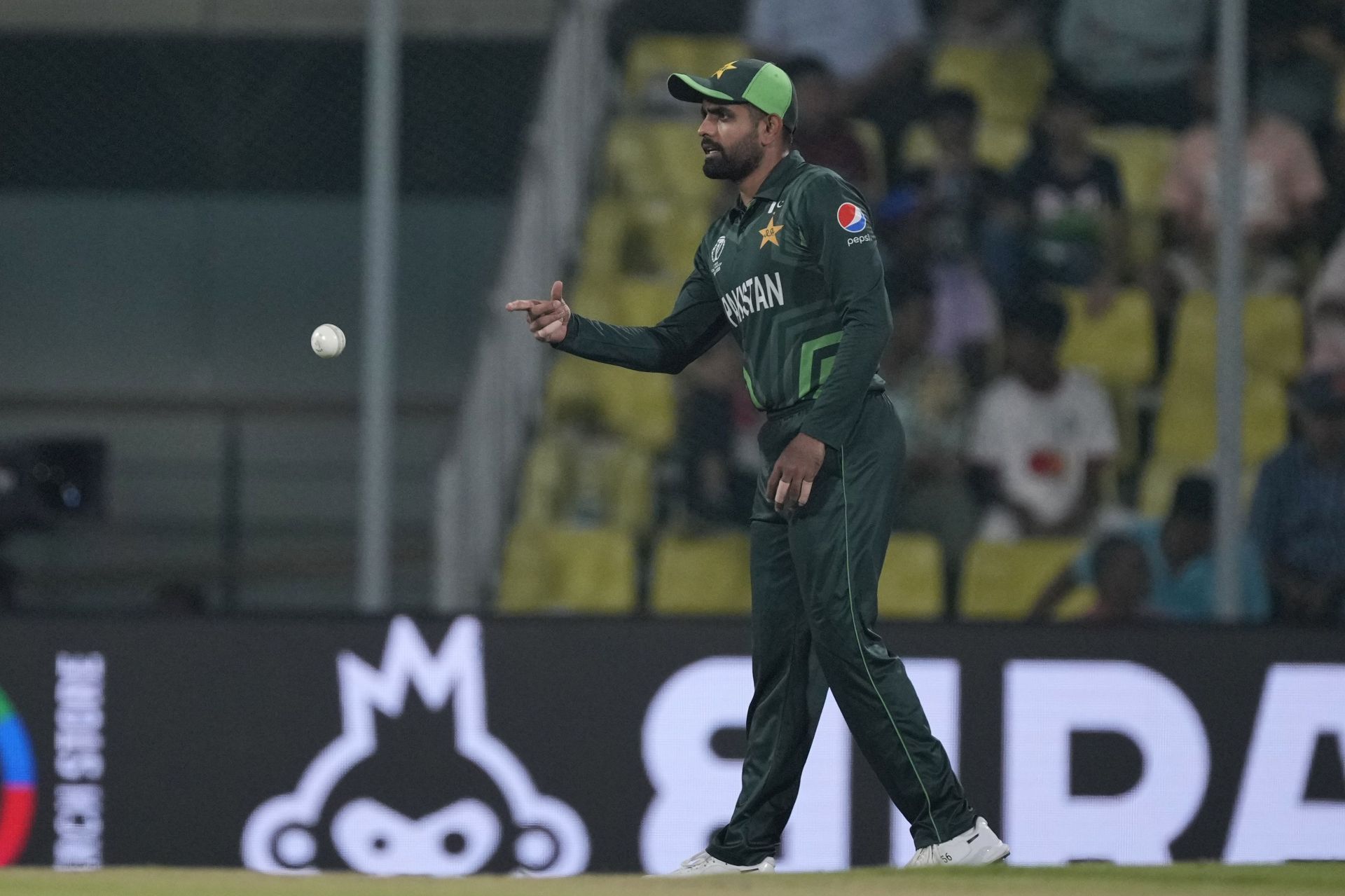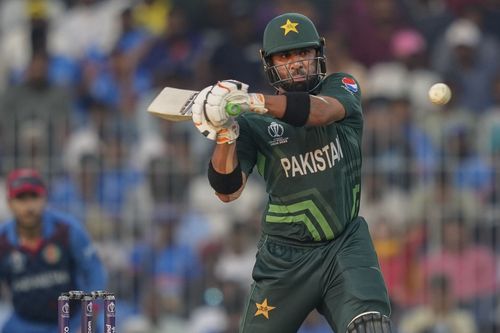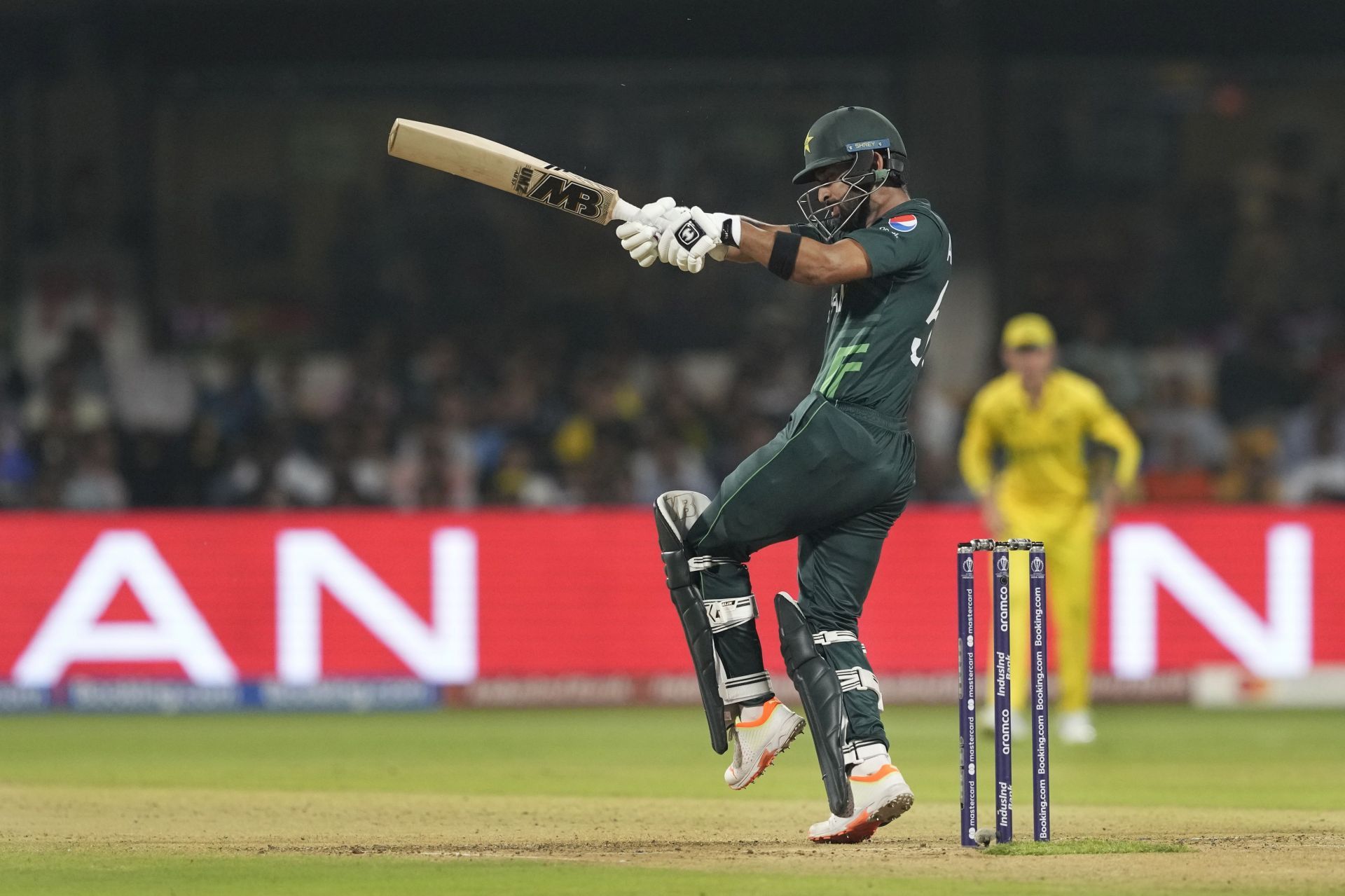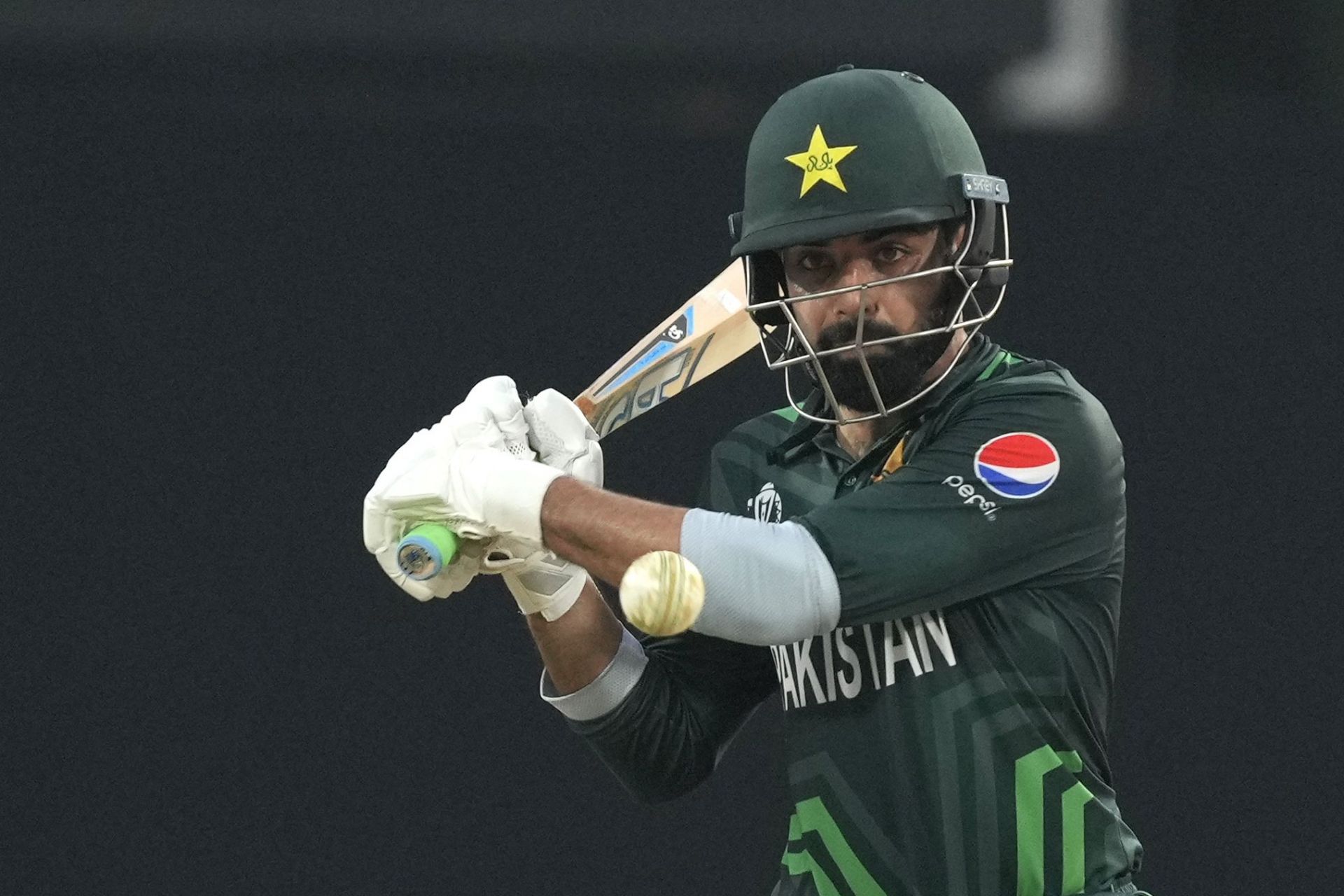
3 tactical changes Pakistan need to make to turn their fortunes around in the 2023 World Cup
Pakistan's 2023 World Cup campaign so far has been one characterized by a distinct failure to live up to its potential.
With only two wins from five matches, the Men in Green are staring at an uphill battle to make the semifinal stage. Their loss to Afghanistan on Monday was a particularly tough pill to swallow as they failed to seize the initiative in the second innings despite posting a defendable total.
Pakistan have now lost three games on the trot, having gone down to India and Australia by convincing margins before their defeat to Afghanistan. It's clear that they need to make some tweaks and make them before it's too late.
Here are three tactical changes Pakistan need to make to turn their fortunes around in the 2023 World Cup.
#3 Babar Azam needs to resort to his part-time spinners more often

Pakistan's biggest problem in the 2023 World Cup so far has been the form of their spinners, who simply haven't been able to hit the right lengths.
Shadab Khan's accuracy has let him down on several occasions, while Mohammad Nawaz offered neither control nor wicket-taking ability before being ruled out of the Afghanistan clash with a fever. Usama Mir, brought in to make up for Shadab's lack of performance, has fared even worse.
Iftikhar Ahmed has been one of the standout spinners for Pakistan, who simply need to turn to their part-timers more often since the frontline bowlers aren't delivering right now. Apart from Iftikhar, they might need to bring in Agha Salman to offer another part-time option.
Getting more overs from their part-time spinners would also open up the possibility of them playing an additional fast bowler, with reverse swing on offer in the second half of innings at the World Cup.
#2 Pakistan need to take more risks with the bat

This has been an issue for Pakistan across the white-ball formats for quite a while now. They've been too conservative with the bat, especially when setting totals.
Fakhar Zaman's lack of form and subsequent exclusion from the playing XI has left their top order without much attacking intent and aggression. This was reflected in the fact that Abdullah Shafique hit the team's first powerplay six in ODIs in 2023 against Afghanistan.
Captain Babar Azam and vice-captain Mohammad Rizwan must shoulder some of the blame too, with strike rates of 79.69 and 95.87 respectively. In fact, only Iftikhar has a strike rate higher than 105 among all the team's batters.
Pakistan's batters need to bat with more freedom and put less of a price on their wickets. If they do so, they'll be able to breach the 300-run mark on a regular basis and give their under-fire bowling attack more to work with.
#1 Middle-order roles need to be clearly defined, especially Shadab Khan and Iftikhar Ahmed

The Afghanistan game witnessed Pakistan reap the benefits of a tactical move that they've often got wrong in both white-ball formats over the last few years.
Shadab is an excellent player of spin, but his batting has been underutilized by the team management. He has often come to the crease after Iftikhar, who is clearly more comfortable against the faster bowlers and was dismissed by spin against India and Australia.
Similarly, Saud Shakeel, who is arguably Pakistan's best player of spin in the middle order, hasn't faced up against that style of bowling often enough. Mohammad Nawaz, meanwhile, has contributed only 57 runs so far, coming in without much support at the other end regularly.
Pakistan need to have more clarity in their middle order and assign their batters familiar roles if they are to turn their fortunes around in the 2023 World Cup.